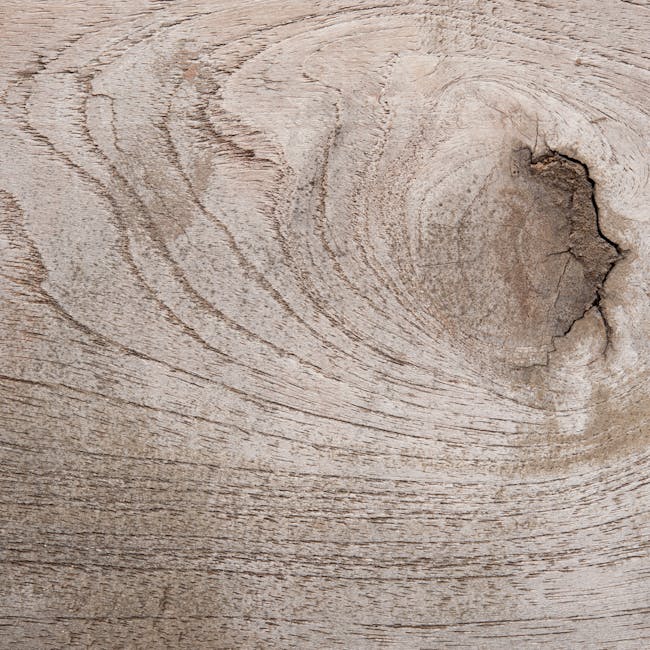When tackling a major remodeling project, selecting the right wood for flooring and other applications is crucial to achieving a cohesive and aesthetically pleasing outcome. One common dilemma homeowners face is choosing between red oak and white oak, particularly when it comes to staining and matching elements like floors, railings, and wall caps. Here's a detailed look at the considerations involved in this decision.

Oak is a popular choice for home projects due to its durability and natural beauty. However, distinguishing between red oak and white oak can be essential for color-matching, especially when using stains.

The choice of stain can significantly impact the final look of the wood. For this project, the individual used Minwax Early American stain. However, red oak and white oak respond differently to stains:
Both types of oak are durable, but they have different applications based on their properties:
In a remodeling project where achieving a cohesive look is important, here are some practical tips to consider:
One of the practical challenges in this scenario is sourcing the right size and type of wood. The individual found it difficult to source a 1x8 white oak board and settled for a 1x6, which they felt was inadequate. This led to contemplating using available red oak from local stores, though there was concern about matching the color with the already stained white oak elements.
| Factor | White Oak | Red Oak |
|---|---|---|
| Availability | More expensive and harder to find in specific sizes | Readily available at local home improvement stores |
| Cost | Higher cost due to scarcity and special orders | Generally more affordable |
| Staining | More uniform, subtle finish | More dramatic, varied color |
Both white oak and red oak have their unique advantages and challenges. For a remodeling project that demands precise color matching, testing stains on both wood types and considering their placement can help ensure a cohesive final look. Balancing availability and cost considerations is also crucial for making an informed decision.

